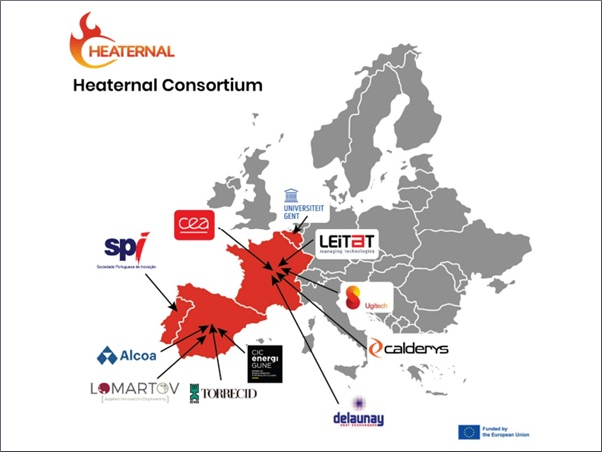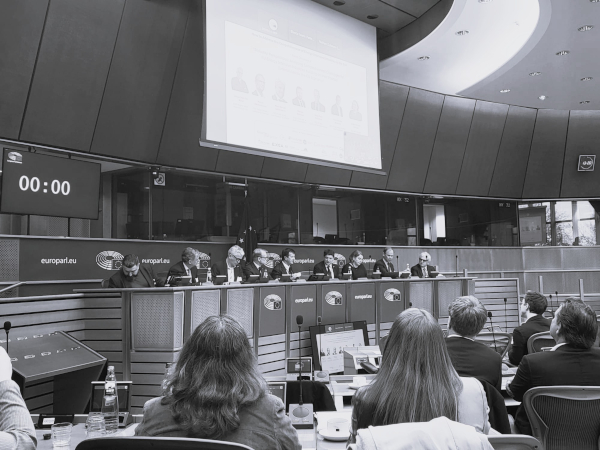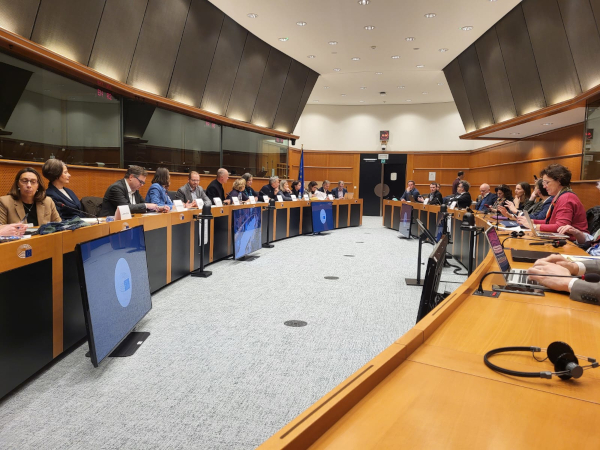Date: 2 December 2011
The association recently sent a letter to Chairman Dave Camp and members of the U.S. House of Representatives' Committee on Ways and Means asking for effective tax incentives relating to energy-efficient fenestration products for homeowners.
"AAMA members represent 143,000 employees whose jobs are based solely on the strength of the home construction and renovation industries. The sharp decline and resulting layoffs in home construction brought about by the collapse of the housing market and subsequent economic recession continue to plague the construction industry at every level. The 2009-2010 Nonbusiness Energy Property 25(c) tax credit, which offered homeowners a 30% tax credit (up to $1,500), provided a boost in the sales of energy-efficient windows and doors and helped to sustain jobs in production facilities and residential construction," says AAMA President and CEO Rich Walker.
Current legislation, however, has reduced the lifetime tax credit to 10% (up to $500) for energy-efficient residential products, purchased and placed in service during 2011. "This severe reduction has led to a debilitating decrease in demand and has decimated the construction industry from production facilities to retailers to product installers," continues Walker.
"Even in a severely recessed economy, homeowners will purchase products to reduce their energy bills given the proper incentive," Walker states. According to 2009 IRS Data Line Counts (released in October 2011), 2.3 million homeowners seized the tax credit opportunity to purchase and install energy-efficient windows and skylights throughout 2009. Additionally, 1.8 million homeowners made purchases of energy-saving exterior doors.
Residential buildings are responsible for 21% of all energy consumption in the U.S., according to the U.S. Department of Energy's (DOE's) Building Technology Program. Based on ENERGY STAR® program estimates, the investments made by homeowners to purchase and install efficient fenestration products in 2009 will reduce energy costs by an average of $295 annually per household, resulting in a collective savings exceeding $678 million per year for U.S. homeowners who participated in the program.
Walker expresses disappointment saying, "While the 30% tax credit generated a needed sales boost to some of our manufacturer members and their suppliers, many of our members were unable to overcome the enormous drop-off in demand, spurred by the implosion of the housing market and then by the persistent recession that shows no end in sight."
He adds, "Congress continues to provide billions of dollars in funding incentives to support alternative energy-generating projects through the DOE's Loan Program Office. While this endeavor may prove to be a valuable investment in the future, it should be clear that conserving energy -- whether generated by gas, electricity, solar or wind power -- is the highest imperative. Delivering energy to a home that is not properly insulated or has inefficient window and door products is a preventable waste of resources that can be remedied with American-made products already on the market." A vast array of high-performance residential windows, doors and skylights are available to increase the energy efficiency of the U.S. housing stock.
"If reinstated, the 30%/$1,500 Nonbusiness Energy Property tax credit," Walker predicts, "will spur an immediate increase in employment throughout the construction industry supply and installation chain. Our reliance on foreign oil will abate as highly-efficient windows and doors go to work conserving energy. These efforts not only help to conserve national and global resources, they help spark our domestic manufacturing and fiscal health; enhance home values and provide homeowners and their families with more comfortable, better-performing residences."
More information about AAMA's communication with policymakers can be found on its website at www.aamanet.org.









Add new comment